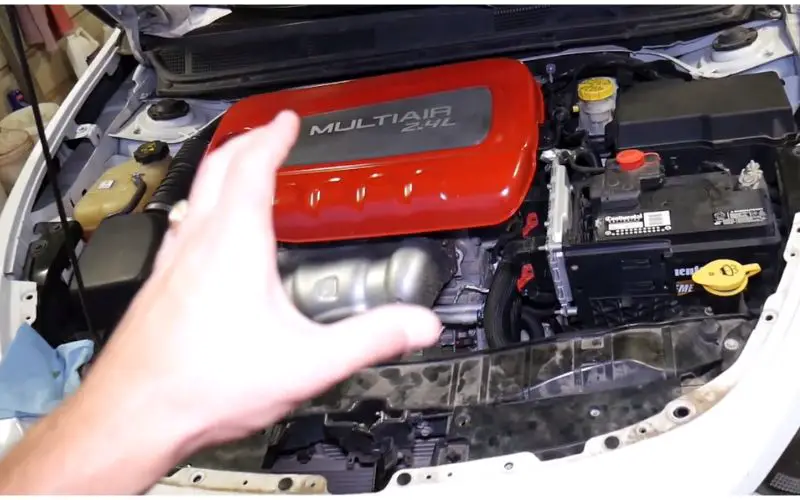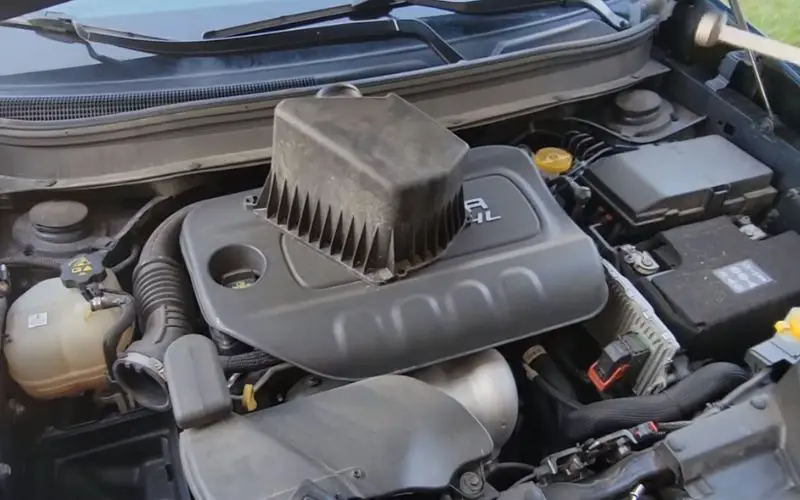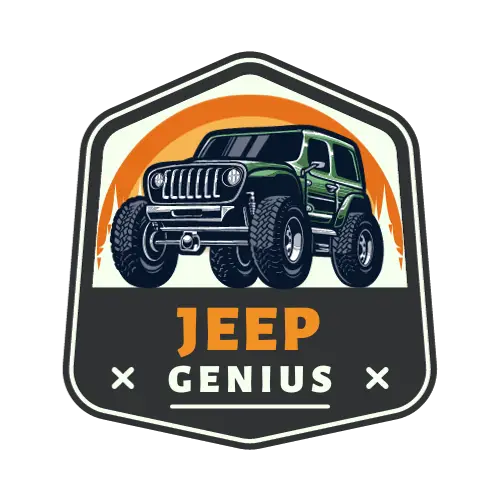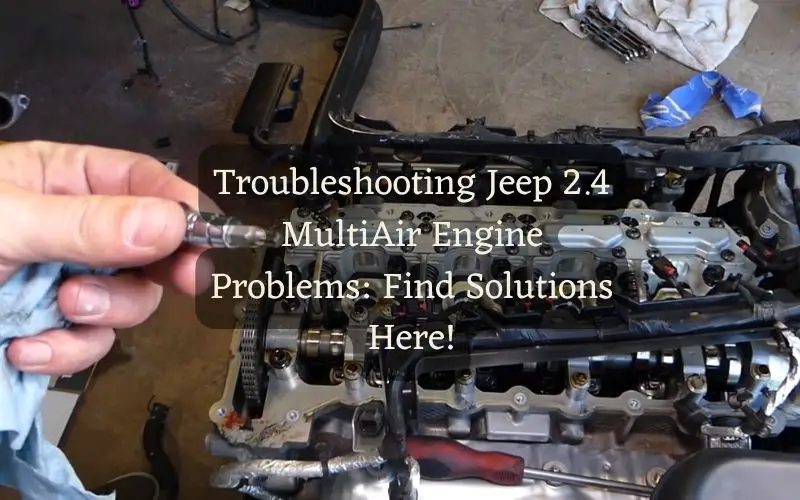Did you know the Jeep 2.4 MultiAir engine faces several issues? This engine, found in many Jeep models, has been a topic of concern for owners.
Common problems oil consumption, oil cooler rupture, coolant leaks, and carbon fouling of oil rings. eTorque system issues is another.
Solutions involve software updates, regular checks, using high-quality oil, and frequent maintenance.
This article gonna discuss the typical challenges faced by the Jeep 2.4 MultiAir engine, offering insights for a better understanding and management of these issues.
Common eTorque Problems in Jeeps

Jeep’s eTorque system, a mild hybrid technology, aims to enhance performance and fuel efficiency.
However, some Jeep models have faced issues with this system.
This article explores common eTorque problems, focusing on engine shutdown issues, automatic emergency brake engagement, and inconsistent performance.
Engine Shutdown Issues
- Description: Some Jeeps experience unexpected engine shutdowns. This can happen while driving, causing safety concerns.
- User Experiences: Owners report sudden loss of power. This issue often occurs without warning, leading to stressful situations on the road.
Automatic Engagement of Emergency Brakes
- Overview: In certain cases, Jeeps with eTorque have had their emergency brakes engage automatically. This can happen unexpectedly during driving.
- Safety Concerns: This issue poses a risk of rear-end collisions. It can be alarming for drivers and may lead to accidents.
Inconsistent Performance and Error Messages
- Error Messages: Drivers see various error messages related to the eTorque system. These messages often indicate system malfunctions.
- Impact: These issues lead to unpredictable vehicle behavior. They can affect driving experience and overall reliability of the vehicle.
Knowing these problems is crucial for Jeep owners. It helps in ensuring safe and reliable vehicle operation.
DIY Troubleshooting and Fixes

Fixing car problems yourself can be a great way to save money and understand your vehicle better. This guide provides easy-to-follow steps for diagnosing and solving common car issues.
Dead Battery
- Diagnosis: Your car won’t start, and the electrical components are weak or non-functional. Use a multimeter to check the battery’s voltage.
- Solution:
- If the voltage is below 12.6 volts, the battery may need charging.
- Use jumper cables and another car to jump-start your battery.
- After starting, let your car run for about 30 minutes to recharge the battery.
- If the problem persists, the battery may need replacement.
Oil Cooler Rupture
- Diagnosis: Look for oil leaks near the cooler. Check if the engine oil level drops quickly. Overheating can also be a sign.
- Solution:
- Locate the oil cooler. It’s usually near the oil filter.
- Inspect for cracks or damage.
- If damaged, drain the engine oil and coolant.
- Remove the old cooler and replace it with a new one.
- Refill oil and coolant, then check for leaks.
Carbon Fouling of Oil Rings
- Diagnosis: Noticeable oil consumption without leaks. Poor engine performance and smoke from the exhaust can indicate this issue.
- Solution:
- Remove the spark plugs to access the piston tops.
- Use a piston ring cleaner or a decarbonizing agent.
- Carefully apply the cleaner to the piston tops.
- Let it sit to break down the carbon deposits.
- Reassemble and run the engine to check if the issue persists.
Overheating Engine
- Diagnosis: The temperature gauge reads high, or there’s steam from the engine. This could be due to low coolant or a leak.
- Solution:
- Let the engine cool before opening the hood.
- Check the coolant level and refill if necessary.
- Inspect hoses and the radiator for leaks.
- If leaks are found, temporary sealants can be a short-term fix.
Flat Tire
- Diagnosis: The tire is visibly deflated or has a puncture.
- Solution:
- Loosen the lug nuts slightly.
- Lift the car with a jack.
- Remove the flat tire and replace it with a spare.
- Tighten the lug nuts and lower the car.
Brake Issues
- Diagnosis: Brakes are squealing, or the car pulls to one side when braking.
- Solution:
- Check the brake pads for wear.
- If they are thin, replace the brake pads.
- Check the brake fluid level and top up if needed.
- Bleed the brakes to remove any air from the system.
Faulty Headlights
- Diagnosis: Headlights are dim, flickering, or not turning on.
- Solution:
- Check the bulbs and replace them if they are burnt out.
- Inspect the fuses and replace any that are blown.
- Check for any loose or damaged wiring.
- Clean the headlight lenses for better visibility.
Wiper Blade Replacement
- Diagnosis: Wipers are leaving streaks or not clearing the windshield effectively.
- Solution:
- Lift the wiper arm away from the windshield.
- Press the small tab to release the old blade.
- Attach the new blade until it clicks into place.
- Gently lower the arm back to the windshield.
By following these steps, you can address some of the most common car problems. Regular maintenance can prevent many of these problems from occurring in the first place.
Long-Term Considerations and Maintenance

Long-term care and maintenance are key to a car’s health.
- Regular check-ups prevent major issues. Change the oil every 3,000 to 5,000 miles. This keeps the engine clean and running smoothly.
- Check the brakes, tires, and fluids often.
- Replace parts like brake pads and tires when worn. Keep the battery clean and check its charge. This ensures your car starts every time.
- Clean the car inside and out. This prevents rust and keeps it looking good. Follow the manufacturer’s service schedule.
- It guides you on when to check or replace key parts.
This approach saves money and extends your car’s life. Remember, a well-maintained car is a reliable one.
Final Thoughts
Knowing and addressing common Jeep 2.4 MultiAir engine problems and eTorque system issues are essential for Jeep owners.
DIY troubleshooting tips can save money and improve vehicle reliability.
Regular maintenance, including oil changes, brake checks, and overall care, ensures a long and trouble-free lifespan for your vehicle.
Keeping these practices in mind will lead to a dependable and well-maintained car.
References:
https://toasterjeep.com/index.php?threads/2-4-liter-i4-multiair-engine-oil-cooler-rupture.1072/


Leave a Reply